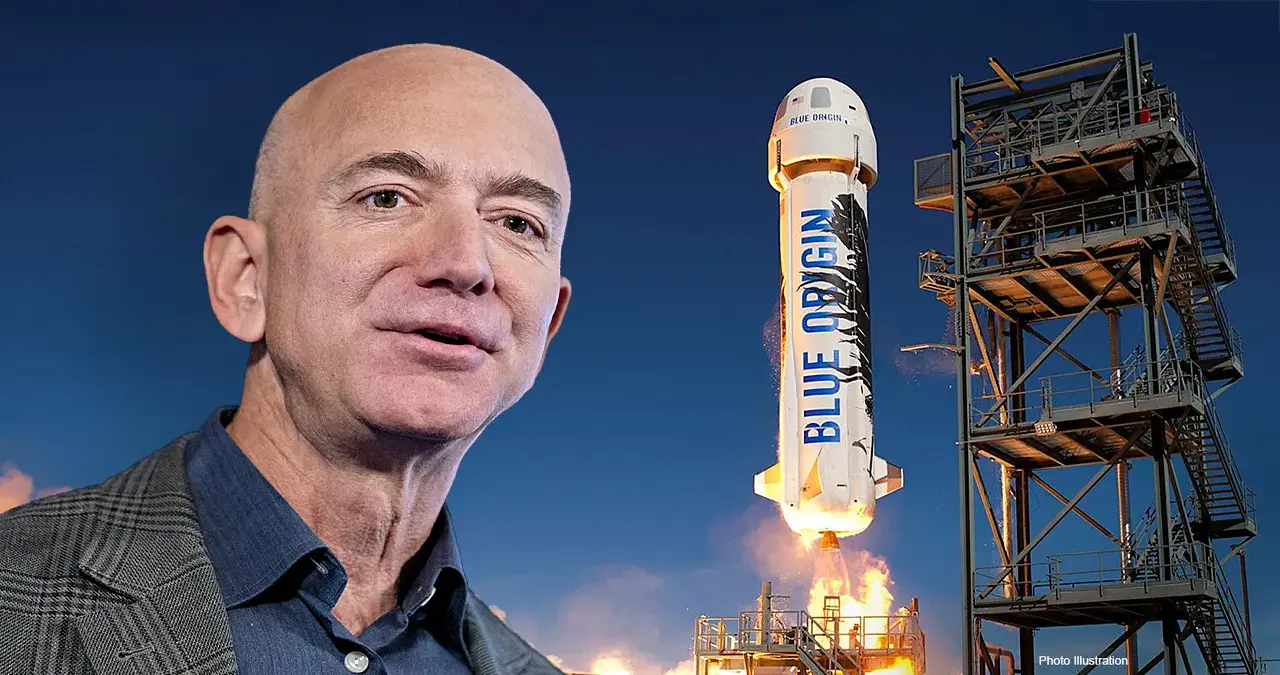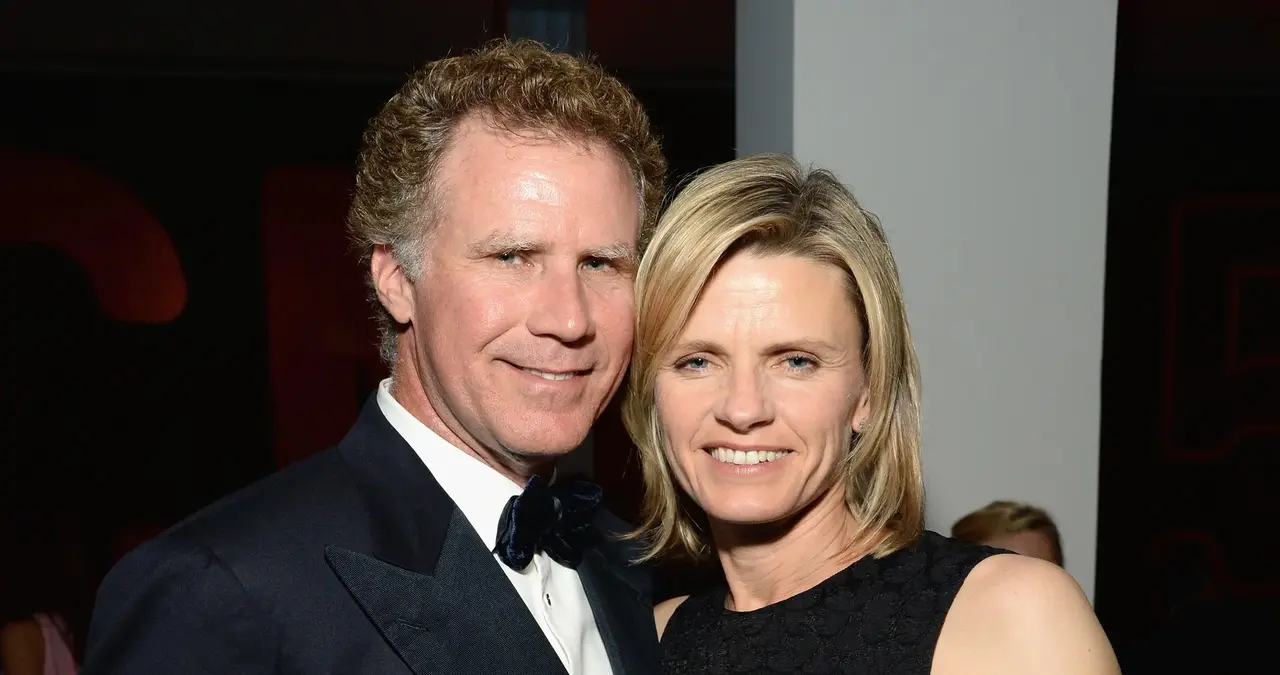Introduction: Jeff Bezos Rocket More Than Just a Billionaire’s Toy
Jeff Bezos’ Rocket When you hear “Jeff Bezos rocket,” your mind probably jumps to Blue Origin’s sleek New Shepard vehicle or the recent celebrity-packed suborbital flights. But there’s a lot more going on behind the scenes. Bezos isn’t just chasing thrills he’s building a long-term vision for humanity’s future in space. From reusable rockets to orbital ambitions, Blue Origin is quietly shaping the next era of space exploration.
While Elon Musk’s SpaceX often grabs headlines with dramatic Mars plans and Starship explosions, Bezos has taken a more methodical approach. His mantra, “Gradatim Ferociter” (step by step, ferociously), reflects a steady climb toward a future where millions live and work in space. Let’s break down what makes Jeff Bezos rocket program unique and why it matters.
The Birth of Blue Origin: Bezos’ Secretive Space Startup
Blue Origin was founded in 2000, long before Bezos stepped down as Amazon’s CEO. For years, it operated under the radar, with early test flights like the Goddard rocket in 2006 barely making a blip in the media. Named after rocket pioneer Robert Goddard, that early vehicle was a subscale demonstrator that helped lay the groundwork for what would become New Shepard.
Bezos personally funded the company, reportedly selling about $1 billion in Amazon stock annually to bankroll its development. This level of commitment signaled that Blue Origin wasn’t just a vanity project—it was a serious endeavor aimed at revolutionizing space access. By 2014, he had invested over $500 million into the company, and that number has only grown since.
New Shepard: The Suborbital Workhorse
New Shepard is perhaps the most visible symbol of Bezos’ rocket ambitions. Named after Alan Shepard, the first American in space, this fully reusable suborbital rocket is designed for space tourism and research missions. Standing at 19.2 meters tall, it consists of a booster powered by a BE-3 engine and a crew capsule that can carry up to six passengers.
The rocket takes off vertically, reaches the Kármán line (the edge of space), and then the capsule separates and descends back to Earth under parachutes, while the booster lands vertically on a nearby pad. This design allows for rapid reuse, significantly reducing the cost per flight. As of April 2025, New Shepard has completed 31 launches, with 30 successes and only one failure.
One of the most notable flights occurred on July 20, 2021, when Bezos himself flew aboard New Shepard alongside his brother Mark, aviation pioneer Wally Funk, and 18-year-old Oliver Daemen. This mission marked the beginning of Blue Origin’s crewed flights and demonstrated the rocket’s capabilities for human spaceflight.
Space Tourism Takes Off: Celebrities and Civilians in Space
Blue Origin’s space tourism program has attracted significant attention, especially with high-profile passengers. On April 14, 2025, pop star Katy Perry joined an all-female crew aboard New Shepard, marking the first all-female spaceflight since Valentina Tereshkova’s historic mission in 1963. The 11-minute journey offered a brief experience of weightlessness and a view of Earth from space.
The crew included Jeff Bezos’ fiancée Lauren Sanchez, CBS host Gayle King, former NASA scientist Aisha Bowe, scientist Amanda Nguyen, and producer Kerianne Flynn. The mission was widely publicized and drew notable spectators, including Oprah Winfrey and Kris Jenner. While Blue Origin does not disclose ticket prices, estimates suggest that such experiences can cost around €475,000, making them accessible primarily to the wealthy elite.
New Glenn: The Orbital Ambition
While New Shepard focuses on suborbital flights, Blue Origin’s New Glenn rocket aims for orbital missions. Named after astronaut John Glenn, the first American to orbit Earth, New Glenn is a heavy-lift rocket designed to carry payloads and potentially humans into orbit. The rocket features a reusable first stage, similar to SpaceX’s Falcon 9, and is intended to land on a barge called Landing Platform Vessel 1.
The inaugural flight of New Glenn took place on January 16, 2025, carrying a prototype Blue Ring spacecraft. This mission marked the first launch from LC-36 since 2005 and served as a demonstration for future national security launches. While New Glenn has yet to achieve a booster landing, the company is progressing with its plans to make both the first and second stages reusable, further reducing launch costs.
Environmental and Ethical Considerations
Blue Origin’s space tourism endeavors have not been without criticism. Model and actress Emily Ratajkowski publicly condemned the company after the all-female celebrity crew’s flight, accusing it of environmental harm and questioning the value of such missions amidst pressing global issues. She highlighted the irony of promoting environmental awareness while using extensive resources for non-scientific voyages.
Similarly, other public figures have voiced concerns about the environmental impact and the relevance of space tourism. Critics argue that these missions prioritize spectacle over scientific advancement and call for more meaningful actions, such as addressing climate change and ensuring fair labor practices.
The Future of Blue Origin: Beyond Tourism
Looking ahead, Blue Origin aims to expand its capabilities beyond suborbital tourism. The company is developing the New Glenn rocket for orbital missions and has plans for a lunar lander called Blue Moon. Additionally, Blue Origin is working on the BE-4 engine, which will power both New Glenn and United Launch Alliance’s Vulcan Centaur rocket.
Bezos envisions a future where millions of people live and work in space, with heavy industries moved off Earth to preserve the planet. While this vision may seem ambitious, Blue Origin’s steady progress and significant investments suggest that the company is committed to making it a reality. As the space industry continues to evolve, Blue Origin’s role




